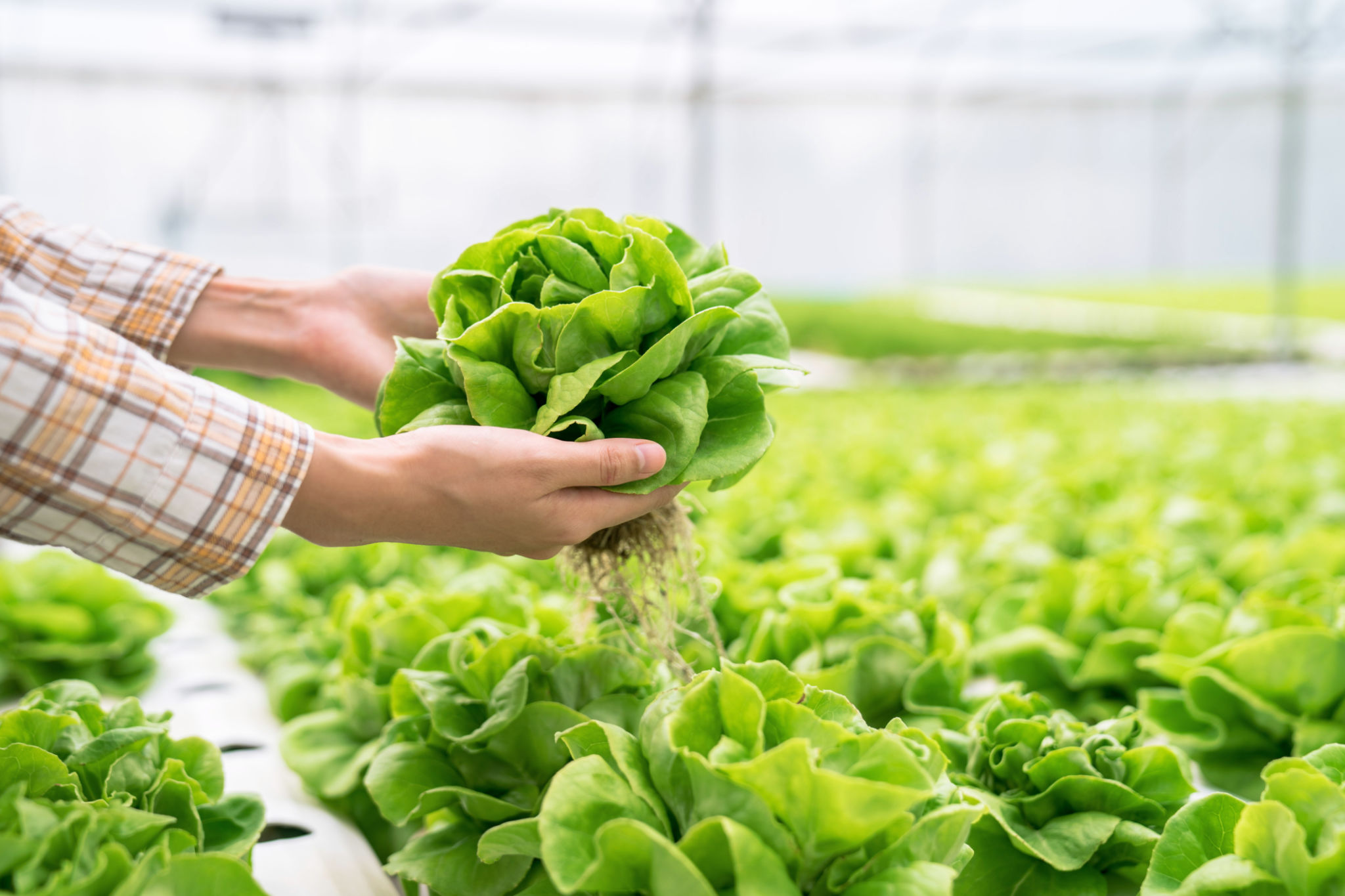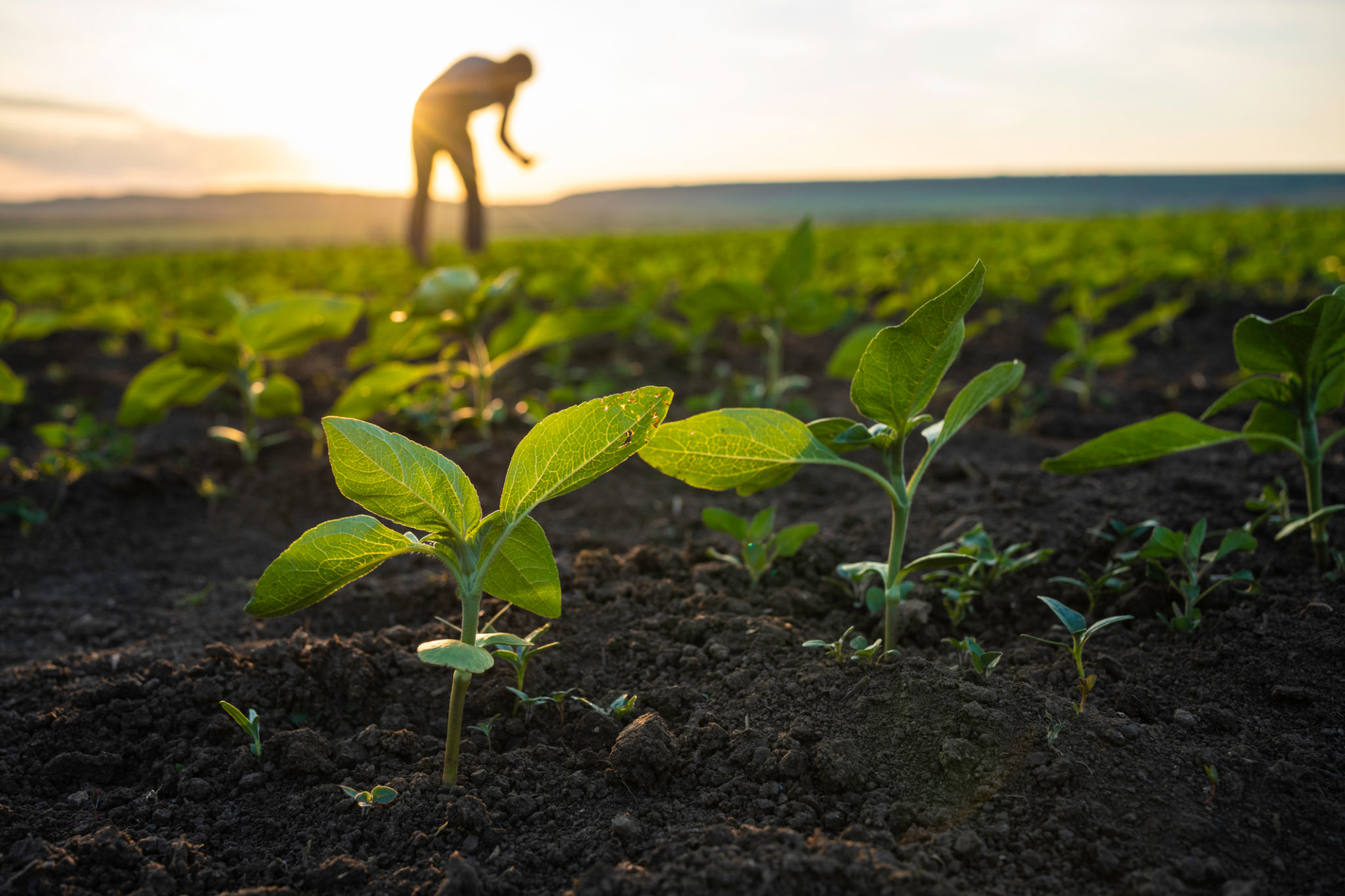The Future of Farming: Comparing Traditional Soil Farming to Hydroponic Methods
The Evolution of Agriculture
The world of agriculture is undergoing a significant transformation, driven by the need for more sustainable and efficient farming methods. As global populations rise and climate change poses new challenges, the future of farming hinges on innovations that can enhance productivity while minimizing environmental impact. Two major contenders in this realm are traditional soil farming and hydroponic methods.
Traditional soil farming has been the backbone of agriculture for thousands of years, relying on natural soil, climate, and weather conditions to produce crops. On the other hand, hydroponics is a growing method that cultivates plants without soil, using mineral nutrient solutions in an aqueous solvent. As we explore the future of farming, it's crucial to compare these methods to understand their potential impacts.

Efficiency and Yield
One of the primary benefits of hydroponic farming is its ability to produce higher yields in a smaller space. By eliminating the need for soil, hydroponic systems can be set up in urban areas, utilizing vertical space and reducing the need for large plots of land. This method allows for year-round production, unaffected by seasonal changes, leading to a more consistent food supply.
In contrast, traditional soil farming is heavily dependent on land availability and is subject to the whims of nature, such as droughts or floods. While advancements in soil farming techniques have increased yields over time, they often require significant inputs such as fertilizers and pesticides, which can have long-term environmental impacts.

Sustainability and Environmental Impact
Hydroponic systems are often heralded for their sustainability. They use up to 90% less water than traditional methods because the water in these systems is recirculated rather than lost to the environment. Additionally, because plants grow in a controlled environment, there is less need for chemical pesticides, making hydroponics an eco-friendly option.
However, traditional soil farming relies on natural cycles and biodiversity, which can contribute to soil health and ecological balance. The challenge lies in managing these practices sustainably, ensuring that soil fertility is maintained and that biodiversity is preserved.

Cost and Accessibility
When it comes to cost, hydroponic farming can be more expensive to set up initially due to the need for specialized equipment and technology. However, over time, the reduced need for water and pesticides can lead to cost savings. Furthermore, hydroponic farms can be established in areas where traditional farming is not feasible, increasing their accessibility.
Traditional soil farming is generally more accessible to small-scale farmers who may not have the capital to invest in advanced technology. However, it often requires significant labor and can be less predictable due to environmental factors.
The Path Forward
As we look to the future of farming, it's clear that both traditional soil farming and hydroponic methods have roles to play. A hybrid approach that leverages the strengths of both systems could offer a sustainable path forward. For instance, integrating hydroponic techniques into existing farms can enhance productivity while reducing environmental impact.
Ultimately, the choice between these methods may depend on regional needs, available resources, and specific crop requirements. As technology advances and our understanding of sustainable practices grows, the future of farming holds promise for feeding a growing world population in harmony with our planet.